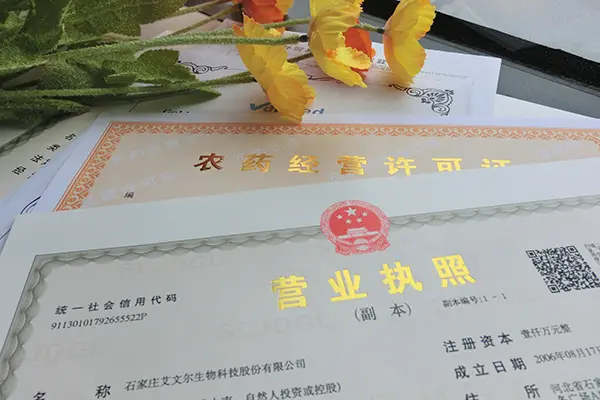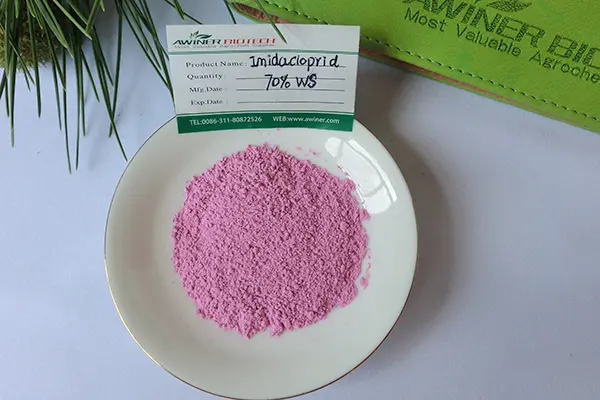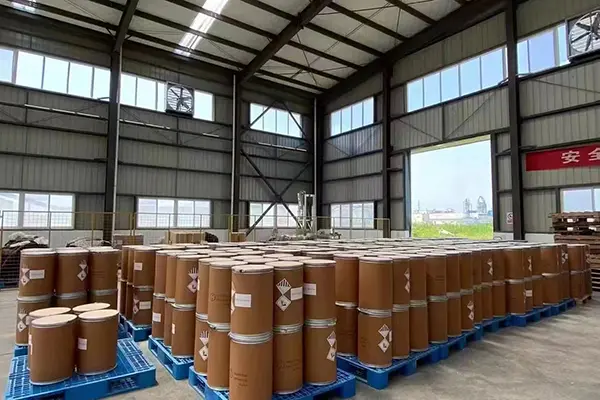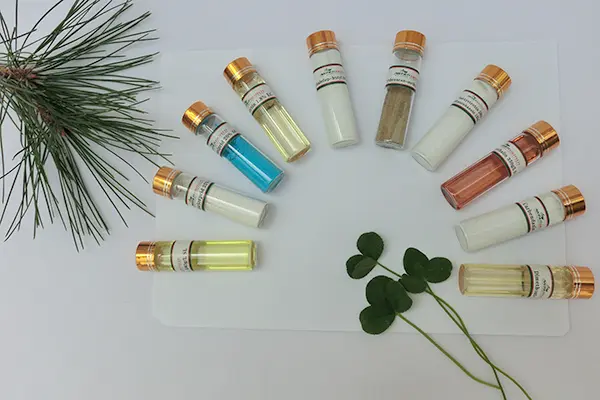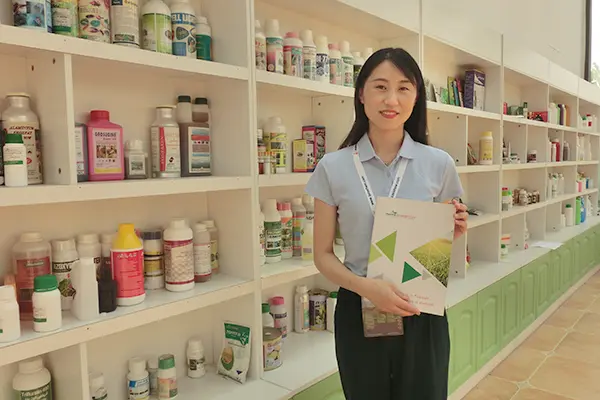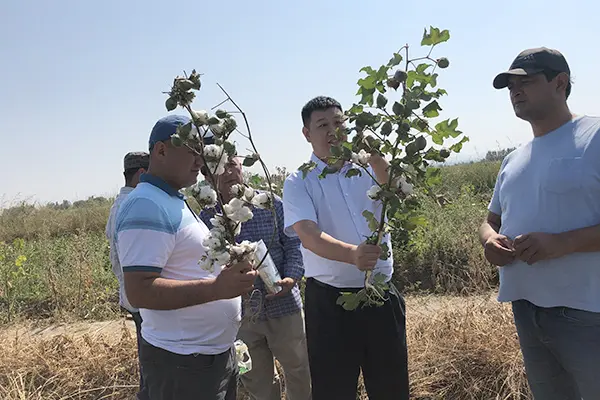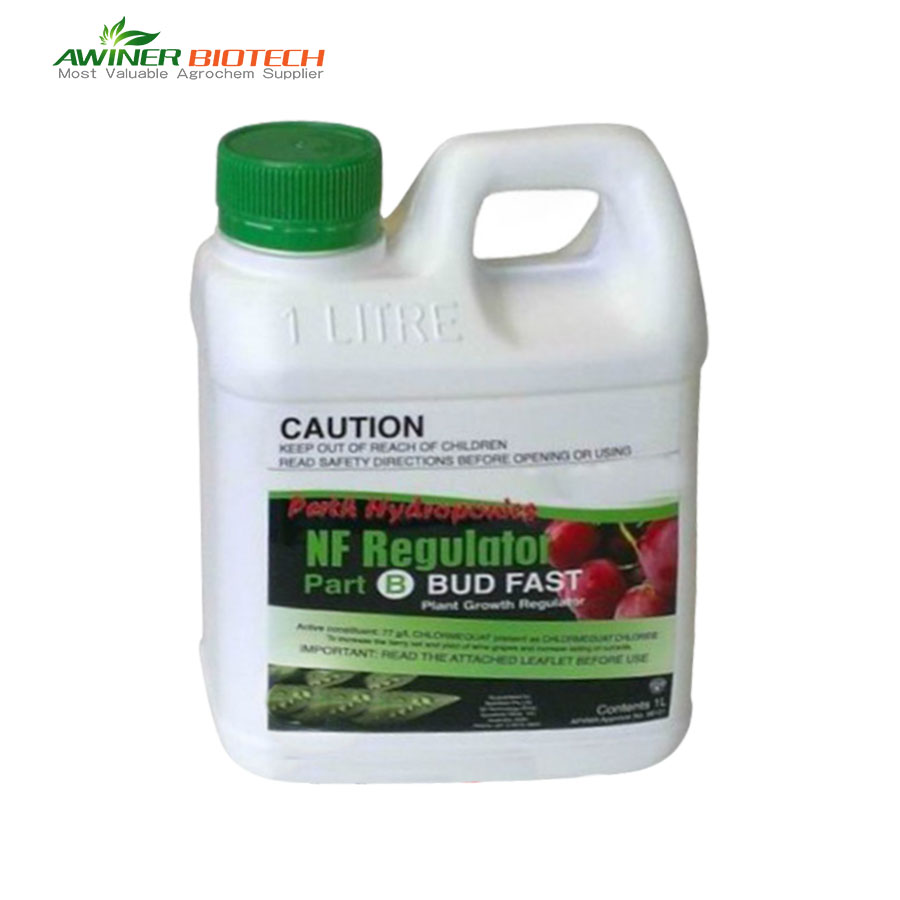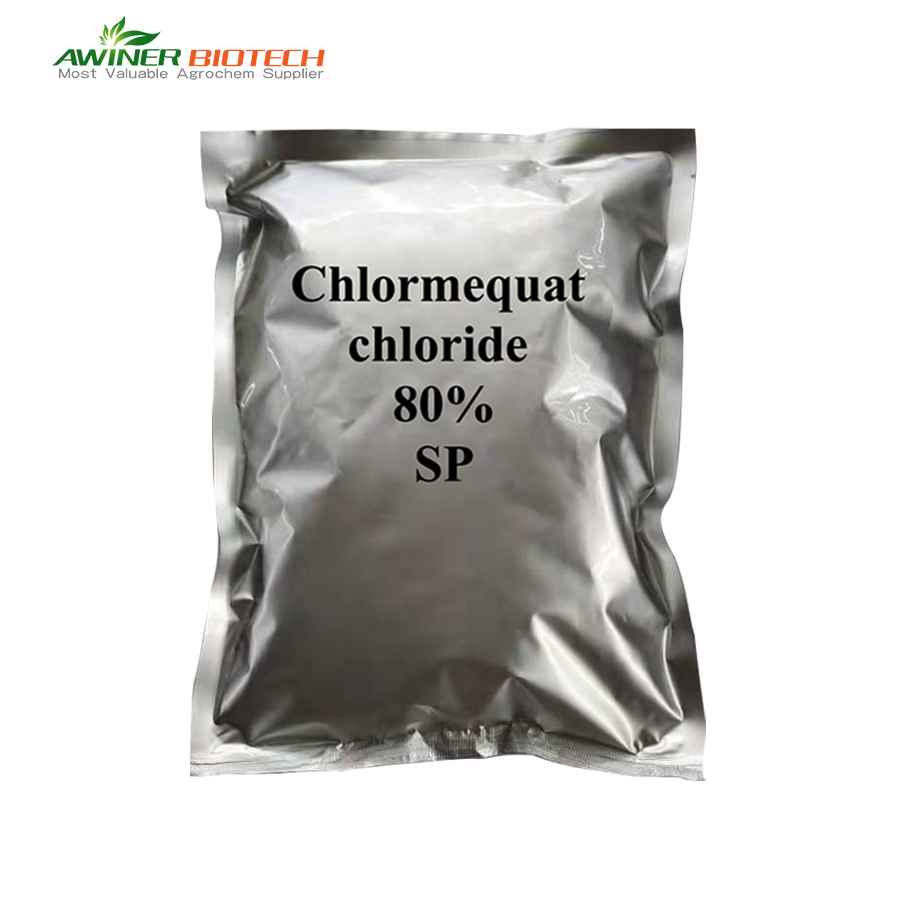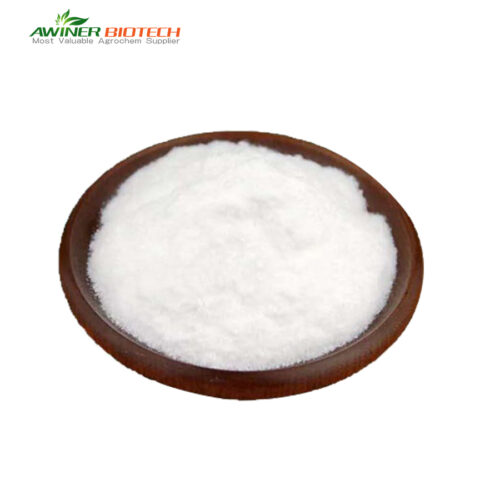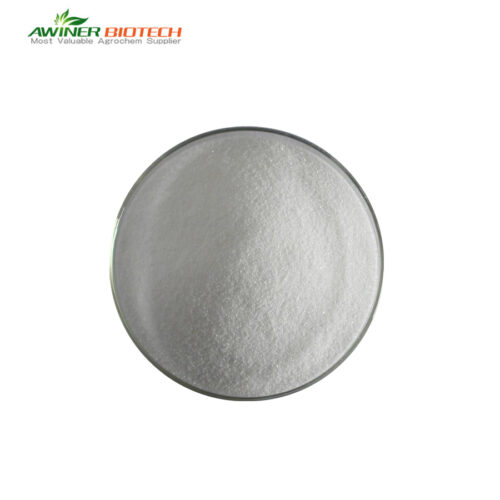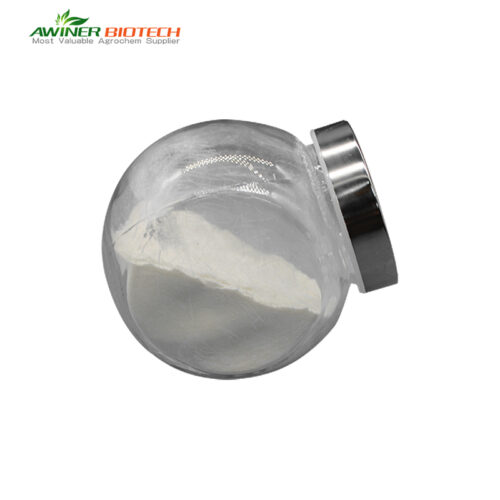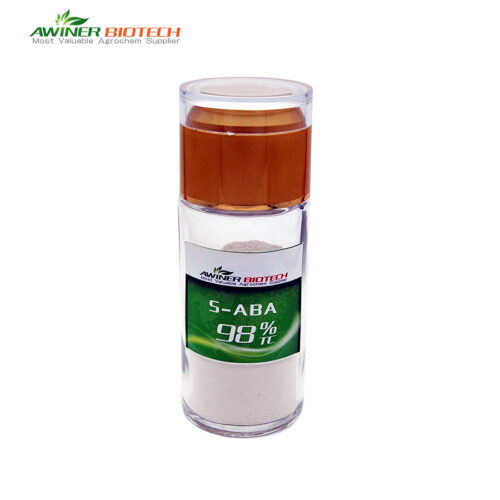Chlormequat |
|
| Formulation | 50% SL; 80% AS |
| Packing | Liquid:50ml、100ml、250ml、500ml、1L、5L、10L、20L Solid:10g、50g、100g、250g、500g、1kg、5kg、10kg、25kg |
| Crops | Tomato,Corn,Cotton,Wheat- Regulates Growth |
| Certification | SGS、 ISO 、BV |
| Delivery time | 20-30 days |
| Mixture products | Ethephon+Chlormequat |
| Payment terms |  |
Chlormequat is a highly effective plant growth regulator that inhibits excessive elongation, resulting in shorter, sturdier plants. By promoting more compact growth, it helps enhance the structural integrity of plants, making them less prone to lodging. This regulation is particularly beneficial for ornamental plants, cereal crops, and various vegetables, ensuring better yield and quality. Typically, it is applied as a foliar spray at recommended concentrations to achieve optimal results.
Introduction to Chlormequat hormones
First at all, Chlormequat chloride is primarily employed to control the height of wheat plants. By inhibiting the production of gibberellins, a group of plant hormones responsible for stem elongation, chlormequat chloride helps in reducing the overall height of wheat plants.
Second , Lodging occurs when wheat plants become too tall and are unable to support their own weight, leading to bending or breaking of stems. Chlormequat chloride application helps in preventing lodging by promoting shorter and sturdier stems.
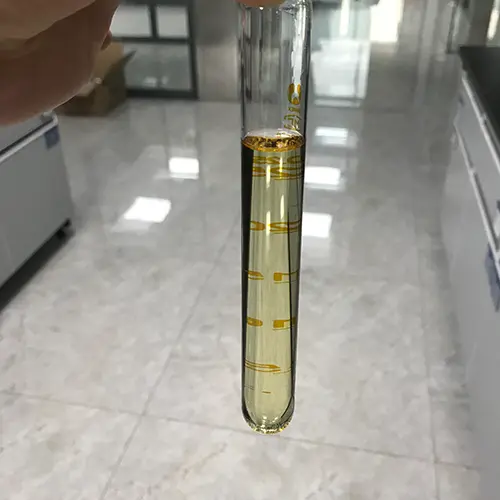 |
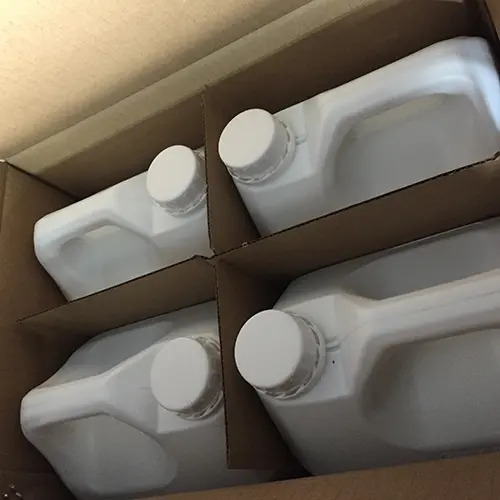 |
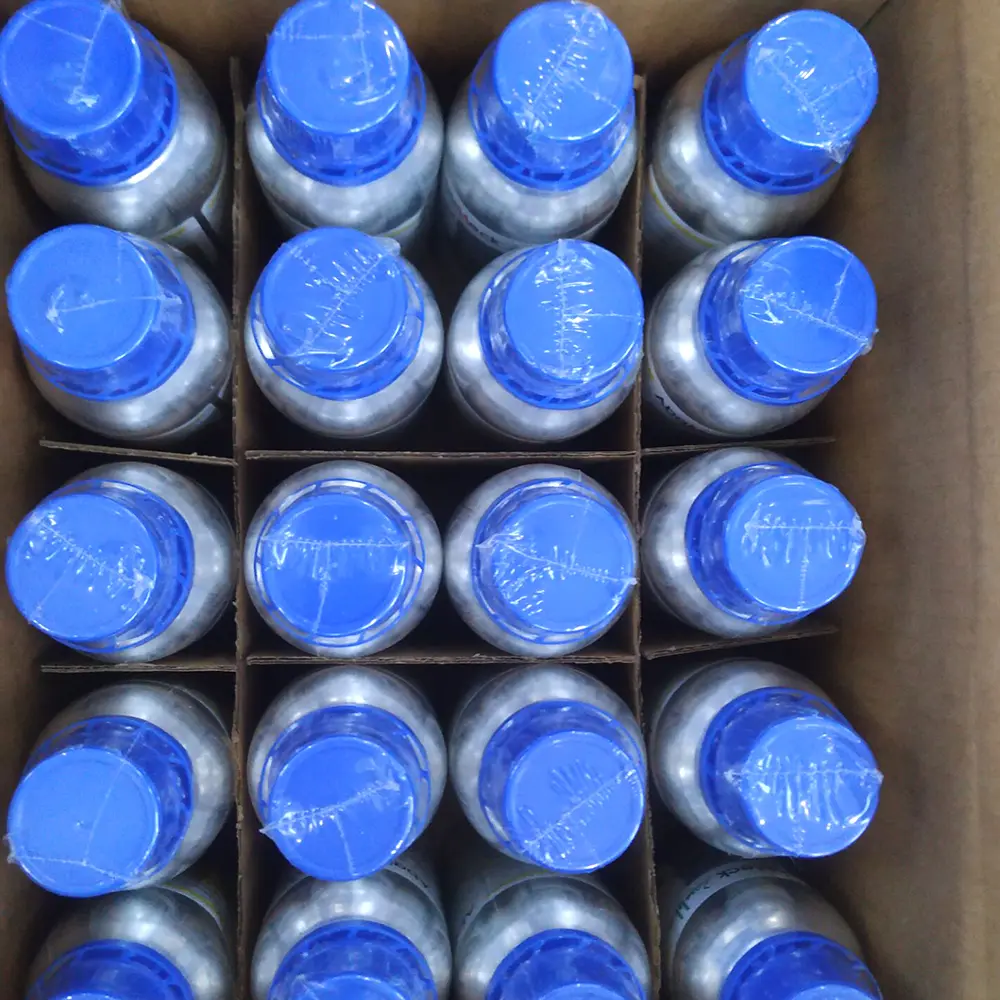 |
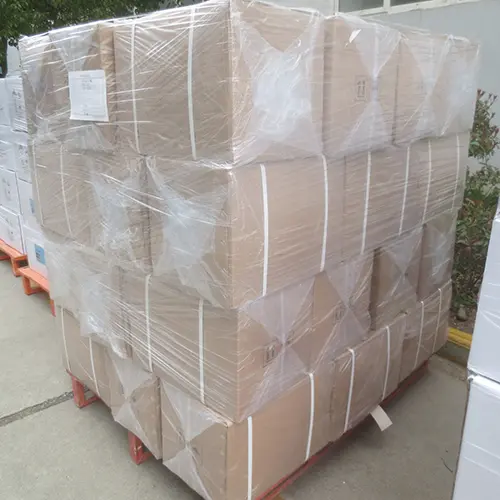 |
And by controlling plant height and preventing lodging, it contributes to an improvement in overall yield. The energy that would have been expended on stem elongation is redirected to grain development, resulting in more robust and productive wheat crops.
Wheat:
- Chlormequat chloride is commonly used in wheat to regulate plant height and prevent lodging.
- Typical application rates range from 40 to 60 grams of active ingredient per hectare.
- Application is often recommended at the stem elongation stage or early boot stage.
Cotton:
- Chlormequat chloride can be used in cotton to manage plant growth and enhance fruit retention.
- Dosage rates may range from 100 to 500 grams of active ingredient per hectare.
- Application is often recommended during the early stages of flowering.
<About Awiner Biotech>
